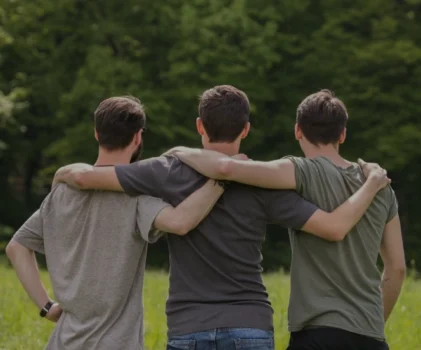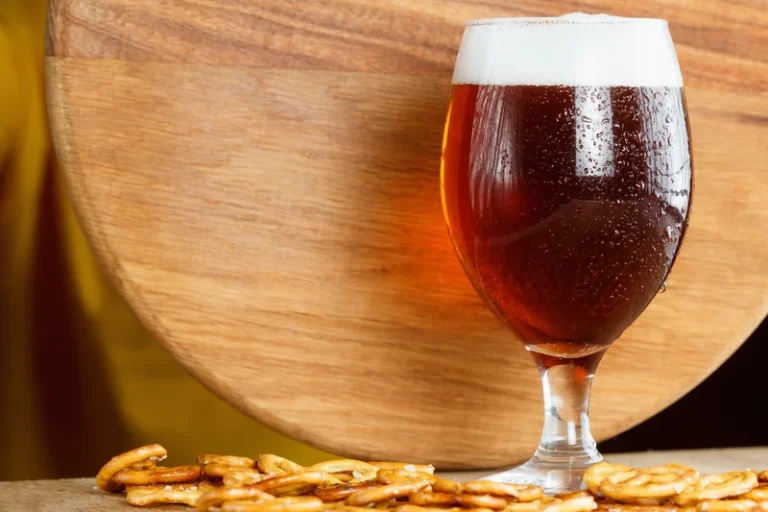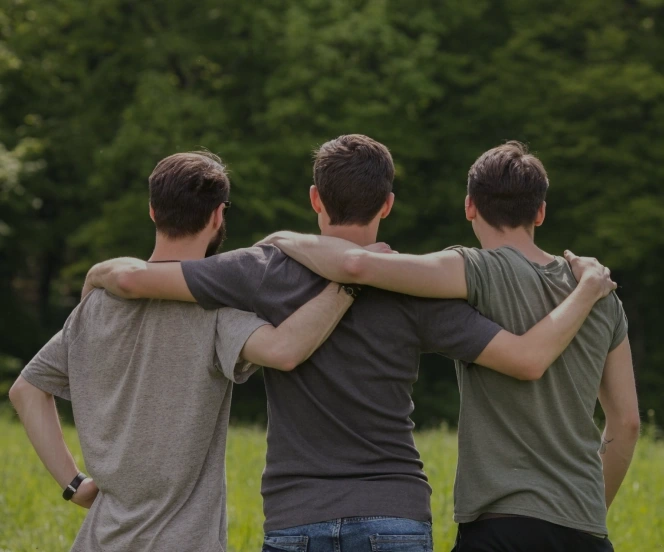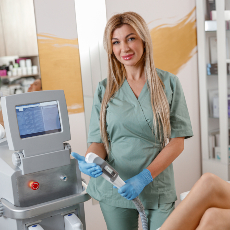
For many people, finding time to work out means exercising during their leisure time after a busy day. When juggling work commitments and family responsibilities, it makes sense that many people consider capping off a trip to the gym with an alcoholic beverage. You can also suggest sober activities to your company’s HR department.
Why I’ve Been Drinking This Cult-Favorite Fall Beer for Nearly 20 Years
Nevertheless, it is wise to pay attention to your consumption habits. And while research is limited, one study published in Alcohol Journal did show that beverages with a higher concentration of alcohol had more dehydration effects. So drinking a beer with a lower alcohol percentage (like 3.5 percent) as opposed to some IPAs (that have upwards of 9 percent alcohol) may make a difference. “The best choices for fueling your body after exercise are protein and complex carbs.
All Things in Moderation

At Ria, we offer weekly meetings with certified counselors to help members stay on track and build skills for long-term change. Ria Health offers several FDA-approved medications for alcohol use disorder. When combined with counseling, this approach is proven highly effective.

Reasons Not To Drink Every Night
Founded in 2007, Gear Patrol is the definitive buying guide for enthusiasts. Our independent experts test the best in cars, tech, home, outdoors, style and watches. We combine hands-on testing, decades of experience and original photography to craft reports, reviews and guides. “During a recent trip to Los Angeles, I was captured by Highland Park’s Timbo Pils. The beer is the perfect marriage of classic Cali IPA and more mineral-toned German-style Pils. You are blasted in the face with bountiful tropical dank aroma and then pleased with a crisp finish.” — Doug Reiser, Burial Beer Co., Asheville, N.C.
Upside Down Golden Ale / Run Wild IPA (Athletic Brewing Company, Stratford, CT)
If you’re drinking regular beer without food or other fluids, and having more than one or two, alcohol’s diuretic effect will take over and flush out even more of the fluid you tried to rehydrate with. The risk of overconsumption in a workplace (or work-related) setting can have serious repercussions for both the individual and their company. The average post-work booze session lasts almost two hours, adding substantially to an already long day on the job. This can contribute to exhaustion, brain fog, and overall lower productivity among workers.

This is easy to do if you are at an event where you order or mix your own drinks. But even if you are at a happy hour where your co-workers are taking turns ordering each other drinks, you can just speak to the bartender soon after you walk in to make sure that they deliver a non-alcoholic option to you in each round. As such, the widespread status quo that holds that employees need to show up to alcohol-fueled events to prove their loyalty or team spirit, or to get in on vital networking, merits serious critique and change. But until it shifts, experts have developed a number of drug addiction treatment useful guidelines for both drinkers and non-drinkers navigating these events.
“The most critical period for recovery is within a one-hour period after exercise, so you should definitely avoid drinking within this window and focus on replenishing electrolytes, rehydrating, and fueling correctly,” Mayer says. While a post-gym drink might seem tempting, it may hinder muscle recovery and growth. Discover how to balance fitness goals with social drinking for optimal health.

They can last 24 hours or longer depending on how much you drank, according to the National Institute on Alcohol Abuse and Alcoholism. Now, we’re three years into creating purpose-brewed beer, with more validation for our belief that non-conventional beer and beers after work brewing can taste awesome and stand for something bigger than the beer itself. We’ve been on the bleeding edge of this category that’s being referred to as “functional beer,” a term which we embrace in that it refers to the value that we provide to our community.
- Research from 2019, conducted by researchers at the University of Stavanger in Norway, found that when employers or supervisors initiate drinking, employees feel obligated to participate.
- Once you go over 4% alcohol content, or have more than one or two 12-ounce low ABV beers, that’s where the benefits decline, says Jaison Wynne, a PhD student at Old Dominion University and co-author of the review.
- As the leading provider of treatment resources and everything related to alcohol abuse and rehabilitation, Alcohol.org surveyed 3,000 workers asking how often they go out for afterwork drinks and what their average spend is.
- When we say “alcohol,” we’re actually referring to ethanol, a naturally occurring organic compound that gives beer and liquor their potency.
- Whatever the timeline, if you do decide to booze it up, Mayer says serving size is the biggest thing to keep in mind.
Does drinking negate the benefits of my workout?
The negative effects of drinking alcohol after working out increase the more you drink. So, having one beer might not be the worst but the more you have, and the more regularly you do it, the more your recovery and overall fitness level may be affected. After an afternoon at the gym with friends, a long bike ride, or a community run, it’s common to go out for a drink at the local bar. Drinking beer after exercising is so popular that races like 5Ks and marathons often have beer for purchase near the finish line.
- Alcohol is a diuretic, meaning it encourages your body to release more fluids,” she explains.
- In general, he isn’t against having an alcoholic beer as an every now and then as a post-workout rehydrator, but definitely not every day.
- Women, on the other hand, could start experiencing abnormal periods and mood changes, including aggression and irritability.
- If you’re serious about fitness and want to make the most of your workouts, skip the post-workout beer and consider trying a non-alcoholic beer, a mocktail, or a recovery drink instead.
- Well, the benefits — and consequences — of beer vary greatly by how much you drink.
Are there any benefits to drinking alcohol after a workout?
I find it OK to have a beer before heading out for a run, which often happens with the number of happy hours, brewery runs and employee engagement events we have at Goose Island, but I know my limit. I’m less worried about getting buzzed and more worried about what alcohol does to my drive to hit the roads or go lift. As soon as I have a bit too much, I’ll find myself in the locker room sitting on the bench for 15 minutes trying to think of reasons not to go out on a run. It may even calm your nerves, or be the liquid courage you need. But save the majority for the end, treat it as a reward and use it to replenish some of the calories you burned and salts you lost while training.

